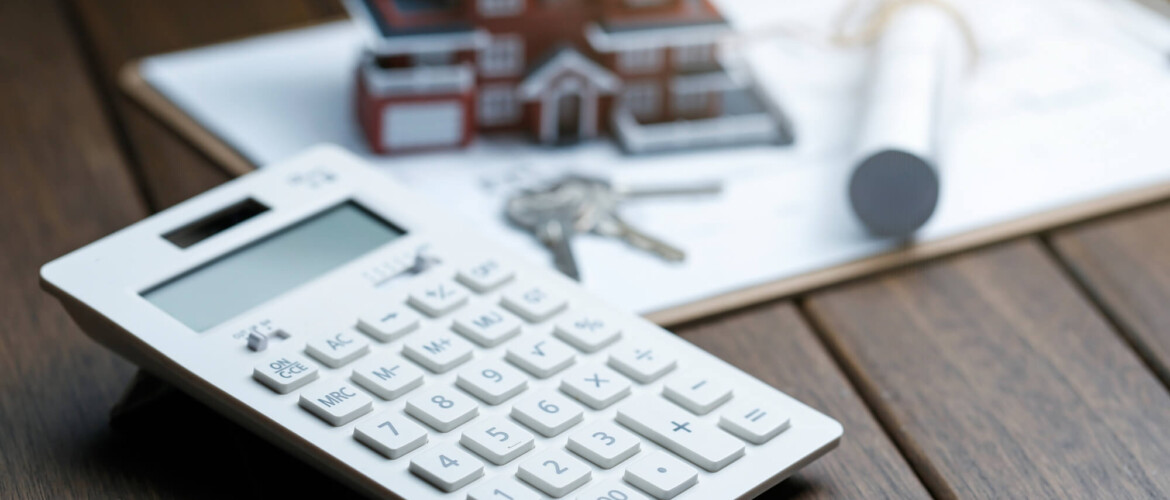
The market for acquiring short lease flats has always been strong, with investors and developers seeking to acquire short leaseholds, to refurbish and to obtain a lease extension. In this blog we look at the methods of valuing a short lease, in respect of obtaining a statutory lease extension.
Lease Valuation Method for Properties
The main accepted method of calculating the existing Leasehold value of a particular property, with less than 80 years unexpired lease term, is to utilise the Graphs of Relativity. However, this is not always appropriate valuing short leases, when they get to sub 30 years.
In cases where a lease term is sub 30 years unexpired, other methods of valuations should be considered. Using an investment calculation would be appropriate in ascertaining an existing lease value in our opinion.
There would be no need for any further allowance for the “no act” world which you would have to consider when using a graph of relativity to calculate the existing Lease value. The statutory assumption to be adopted when valuing the existing lease value is to assume that the property does not have any rights under the act for a statutory lease extension.
For unexpired Lease – “short leases” of say 20/30 years unexpired threshold, the valuation method should consider what a prudent investor be willing to pay to acquire the Lease taking into account that at the end of the term the Leasehold property would revert back to the Freeholder. A valuer would first have to access how much the property would be let out for on the open market, per annum, minus the relevant deductions associated with properties that are let out on an Assured Shorthold Tenancy. Once this has been assessed an appropriate yield would need to be applied. The yield would represent the appropriate rate of return an investor could expect from a property, knowing that it is effectively a wasting asset.
Leasehold Valuation Calculation
We have outlined a leasehold valuation calculation example below; please note the figures used are purely subjective.
A two-bedroom, ground floor flat rents for £1350.00 per calendar month (£16,200 per annum). Unexpired term is 17 years.
Calculation
£16,200 per annum
Less
Ground rent @ £15.00 per annum
Management costs @ 10% of annual rent (£1620.00)
Void period @ 5% of annual rent (£810.00)
Total = £13,755 per annum
Capital Value
£13,755 @ Yield (8%) for 17 years (9.1216 YP) = £125,468.00
Typically, a residential investment would attract a yield of 3-5%, given the inherent capital value associated with residential investments. However, as this asset has a declining value because it is a leasehold wasting asset, an investor may expect a return of 7-8% on sums invested reflecting the capitalised short lease value.
This is an appropriate method of valuation for residential short Leases, as the methodology represents a tried and tested approach for calculating the value of investments across a multitude of different disciplines. The Upper Tribunal has stated that the Graphs of Relativity should only be used when there is a lack of real-world evidence. This method would be considered as real-world evidence, as it is based upon transactions that have been completed. There may be different attitudes to yield and deductions applied to the calculation depending on the location, lease and type of the property.
Lease Valuation Advice from Perry Hill
Our valuers are specialists in appraising Leases and Leasehold premises, in order to provide Clients with realistic assessments, in respect of the premium payable in lieu of Statutory Lease Extensions.
Get in touch with one of our team members today by filling out our contact form. One of our trusty agents will then get back to you.
